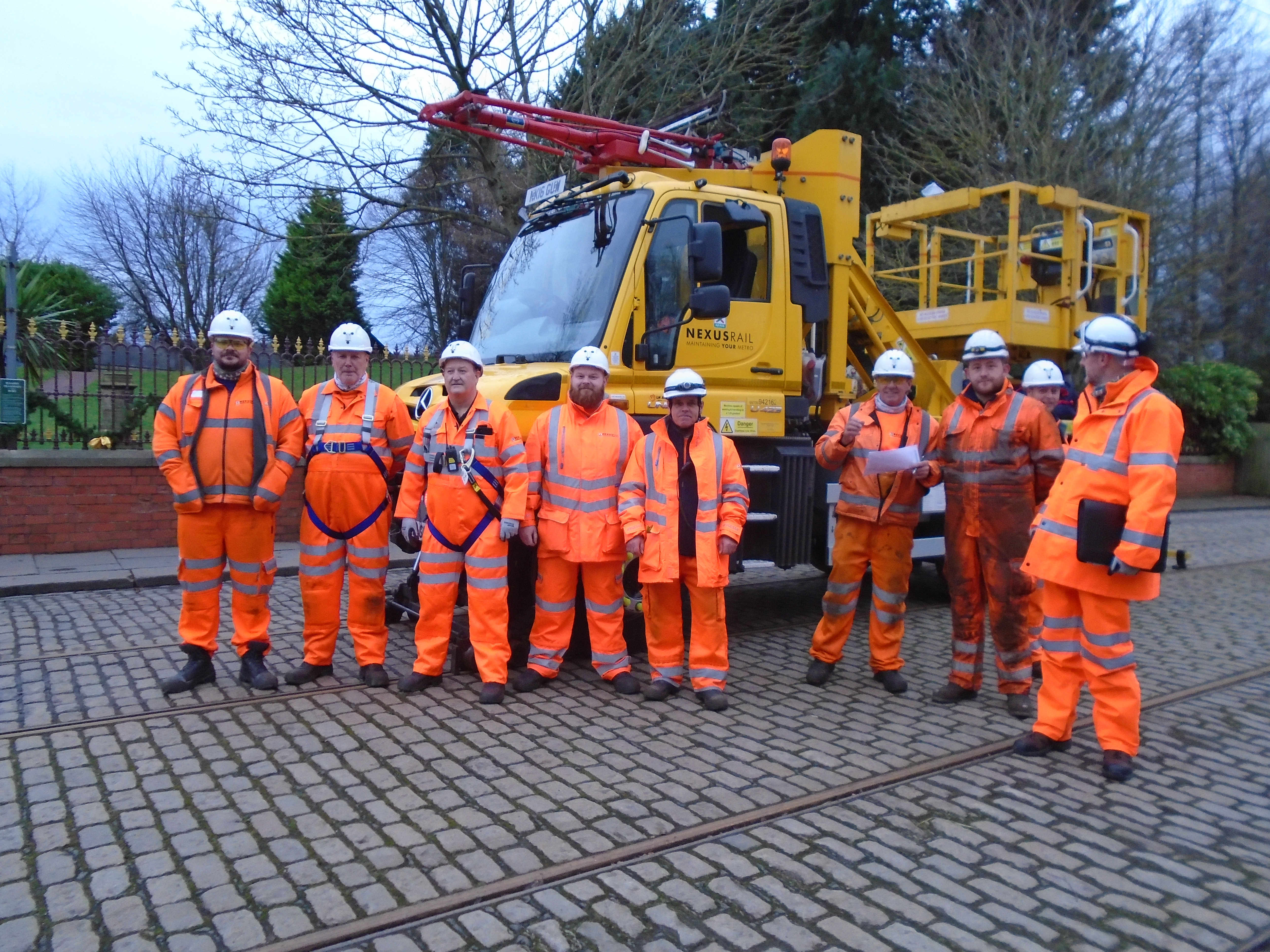
T&I News 36 2021…
NEXUS visit Beamish
By Matthew Ellis, Keeper of Transport
Through contacts set up with Les Brunton from the Beamish Tramway Group, on Monday 13th December we had a visit of around 20 staff from NEXUS, operator of the Tyne & Wear Metro. These staff were using their volunteering days that NEXUS allow them, and with the support of NEXUS supplying plant and equipment have completed a thorough inspection and survey of our Overhead Line Equipment (OLE). This has been carried out at no cost to the museum, and we are very grateful to NEXUS and their staff for supporting Beamish in this way.
Below: Prior to the inspection, authority was given by the Permanent Way team for two moves through their engineering possession. One was for Friday 10th, to ensure that there was no issues prior to the move for the inspection on the 13th. Here we see Blackpool 31 at Pillar Bend which has been the main focus of the recent permanent way work, note the new plastic sleepers in the formation. Incidentally, 31 was the last tram to traverse this section (on 20th March 2020), and will be the only tramcar to do so in 2021. For people with Branchline Society interest, this leaves just the entrance bound loop at Foulbridge as the only piece of track that has not seen a tram movement in 2021.
Below: 31 having completed the move through the section, about to leave the permanent way possession. This move and the one on the 13th were engineering moves through the possession with strict control measures in place. These moves are to enable engineering activity (in this case the OLE inspections) to take place. Passenger services over this section will take place once the permanent way works are complete in the new year.
Below: Prior to commencing work, 31 took the entire team from NEXUS on a site tour. Les provided a commentary on the site and on key OLE features and operation. One of the Road Rail MEWPs NEXUS used came for a test a few weeks ago to ensure that it would operate around our site. One of the things we found was that they much preferred operating through the straight routes of our turnouts. These were set on the morning by the permanent way team. The route through Pockerley was therefore wrong road for a clockwise operating tram.
Below: With the tour complete, 31 returned to the depot, where the trams had all been parked to best facilitate inspection of the depot overhead.
Below: With all the trams parked, Les takes an overhead line isolation. This is done by first turning off the rectifier, then opening the DC breaker. The positive and earth knife switches are then uncovered, and opened. In their open position they are pinned open together, which has the dual function of not allowing the switches to be closed, whilst also directly linking the two, thus earthing the positive. The pin is locked into position with a multi lock, and a warning notice attached. The person undertaking the isolation locks one, and then the permit holder locks another and retains the key.
Below: With the isolation complete, Les issues a permit to the Senior Authorised Person from Nexus (David). The permit details where the equipment is isolated and earthed and which bits of equipment this applies to. In this case, the entire equipment. David then signs the permit accepting it. Each team who will be working on or near the equipment is then issues with a separate permit by David.
Below: Work may then begin. The three vehicles here are all Road/Rail MEWPs (Mobile Elevated Work Platforms). Due to the tramway (rather than railway) nature of our trackwork, they could not operate in rail mode over the whole system. Having to bypass and inspect some sections in road mode. Here, 2 MEWPs are on track, a third heads by road from the entrance. The furthest in this view will be inspecting Bog Bend (the tight curve beyond foulbridge), then returning to inspect the depot area. The second (on the left) works from the entrance via Pockerley to Town East. The one on the road, goes to the town and can operate on the straight track there in rail mode, and completes the rest of the Town and Town to Bog bend on the road.
Below: Apologies for the flash…. As well as the at height inspection, there is some other surveying activity taking place. This device measures the height and stagger (offset from the centreline) of the contact wire with a laser. As the team pointed out, its somewhat easier to see the laser when working a night shift on the metro, but they still enjoyed that change from the norm. These measurements are taken at every traction pole and mid-span.
Below: At height work, inspecting the overhead fittings and contact wire condition.
Below: The same job in the town, whilst there, the team helpfully reattached some data cables to their catenary wire. It was impressive to see the speed at which this was done, the MEWP can be driven in rail mode from the basket, so completing a length of wire attachment was seconds of a job with two people working in coordination with the travel of the MEWP.
Below: The height and stagger survey reaches the town.
Below: Some of the team with a MEWP in the town. The contractor (Fitzgerald Plant) who provide maintenance and failure back up for the NEXUS MEWPs were kind enough to also supply a member of staff for the day to ensure that any issues that did arise (they didn’t!) could be swiftly dealt with.
Below: The Entrance to Bog Bend team had a short section, but the down side of this was that meant they had all the complex overhead at Foulbridge to inspect. Here seen at the trolley bus reverser (combined with a tramway crossing) outside the depot. Unfortunately I didn’t get chance to take a photo of the MEWP on Pockerley bank or heading to the town from Pockerley, it was strange to look over the other side of site from Foulbridge and see it working in the distance which was a change from seeing a tram from the same vantage point.
Below: A drone was used to view the route, and sections of the overhead where it is harder to get a MEWP to. The team also flew over some of our buildings. The photos/videos from this will no doubt be impressive and very useful.
Below: A very sophisticated rail mounted laptop. This impressive piece of equipment carries out a survey of a whole host of things. The trolley contains various gauges, lasers, cameras and usefully batteries. The team stop at each traction pole, the software on the laptop then pinpoints the location via GPS, this can then be referenced with the pole number and chainage. The contact wire positions and heights are recorded, along with drawing details of the pole itself and any other surrounding objects. Photos are included of the fittings directly above and also of the formation ahead of the trolley. As if that wasn’t sufficient data, it also records the track gauge and super elevation (cant) at the position it is parked.
Below: Visitors may be familiar with the green, cast iron boxes which are next to some of the traction poles around the site. These are known as section boxes. They (with one exception) appear where there is a red spot on the traction pole. The red spot indicates to drivers that there is a short section of overhead at that location which is insulated, known as a dead section. The section boxes contain switches which enable isolation and earthing of a specific section of overhead line from this short insulated section. This then allows the remaining overhead to be re-energised whilst that section is worked on. So for instance, if the necessary switches are opened and earthed at the Entrance and Town East boxes, then a permit can be issued to allow overhead work to take place at (say) Pockerley, whilst reenergising the Entrance to Town (via Foulbridge) section for tram operation. We rarely have need to do this at Beamish, but the facility is useful to have.
A NEXUS team inspected each of these section pillars for overall condition of the switches and cables, the same team were responsible for inspecting all the bonding, which electrically link each running rail (around the whole circuit) and earth them to the switch gear.

 Below: The entire NEXUS team, with some of the Beamish Team who hosted the visit. Brian and Ian unfortunately missed the photograph but were involved with the process, assisting the NEXUS teams where needed and carrying out all the tram movements for the day. A note of thanks to Emily, our Entrance Team Leader who kindly allowed us and the NEXUS team to use the coffee shop at the entrance as our mess area, and who provided large quantities of coffee to keep the team suitably refreshed.
Below: The entire NEXUS team, with some of the Beamish Team who hosted the visit. Brian and Ian unfortunately missed the photograph but were involved with the process, assisting the NEXUS teams where needed and carrying out all the tram movements for the day. A note of thanks to Emily, our Entrance Team Leader who kindly allowed us and the NEXUS team to use the coffee shop at the entrance as our mess area, and who provided large quantities of coffee to keep the team suitably refreshed.
Below: With the NEXUS teams all clear, and having signed back their individual permits. David was then able to sign back the main permit and return the key to unlock the earthing bar. The overhead was re-energised and the trams shunted back into the depot. A quiet end to a busy, but productive day.


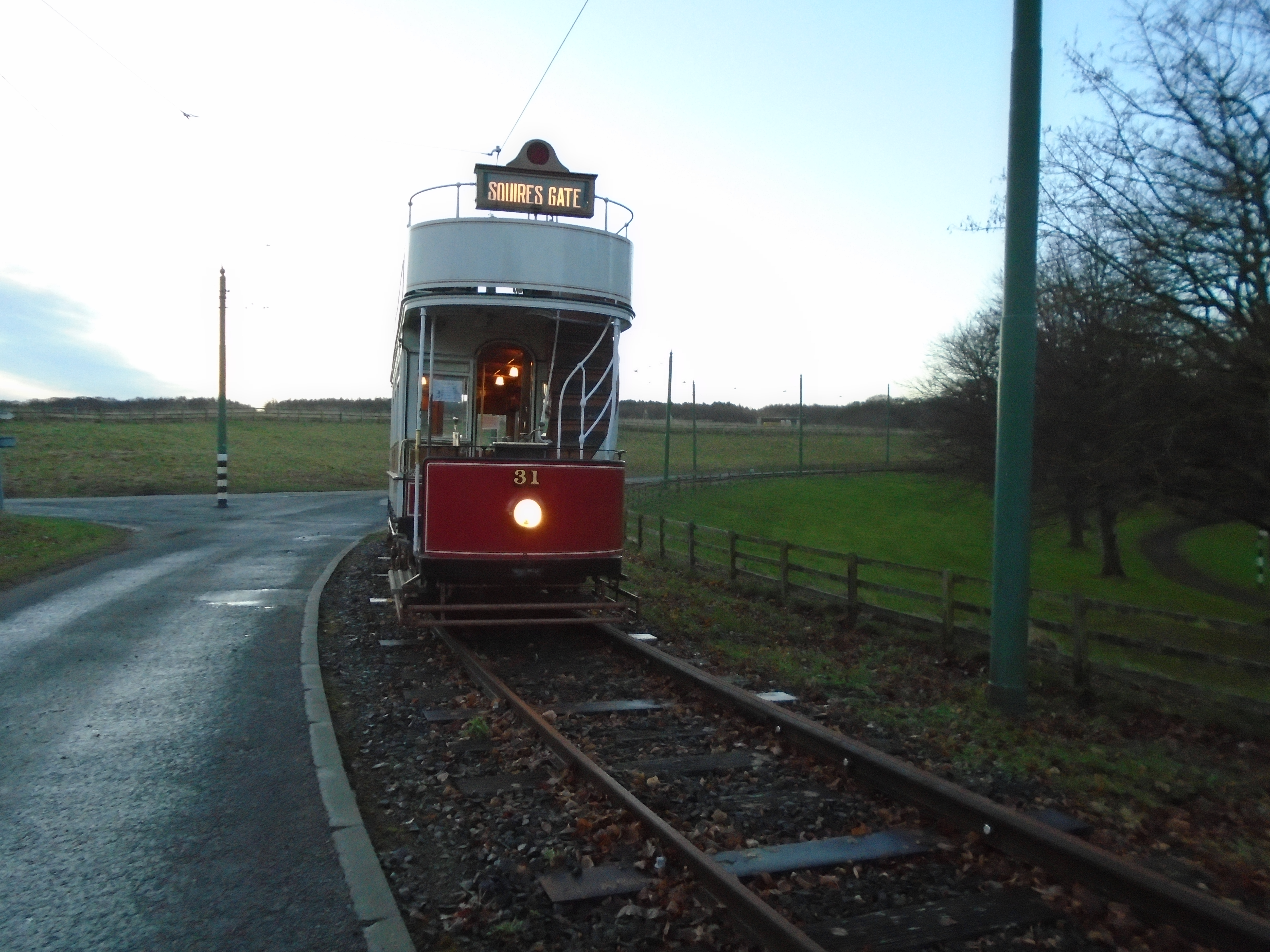
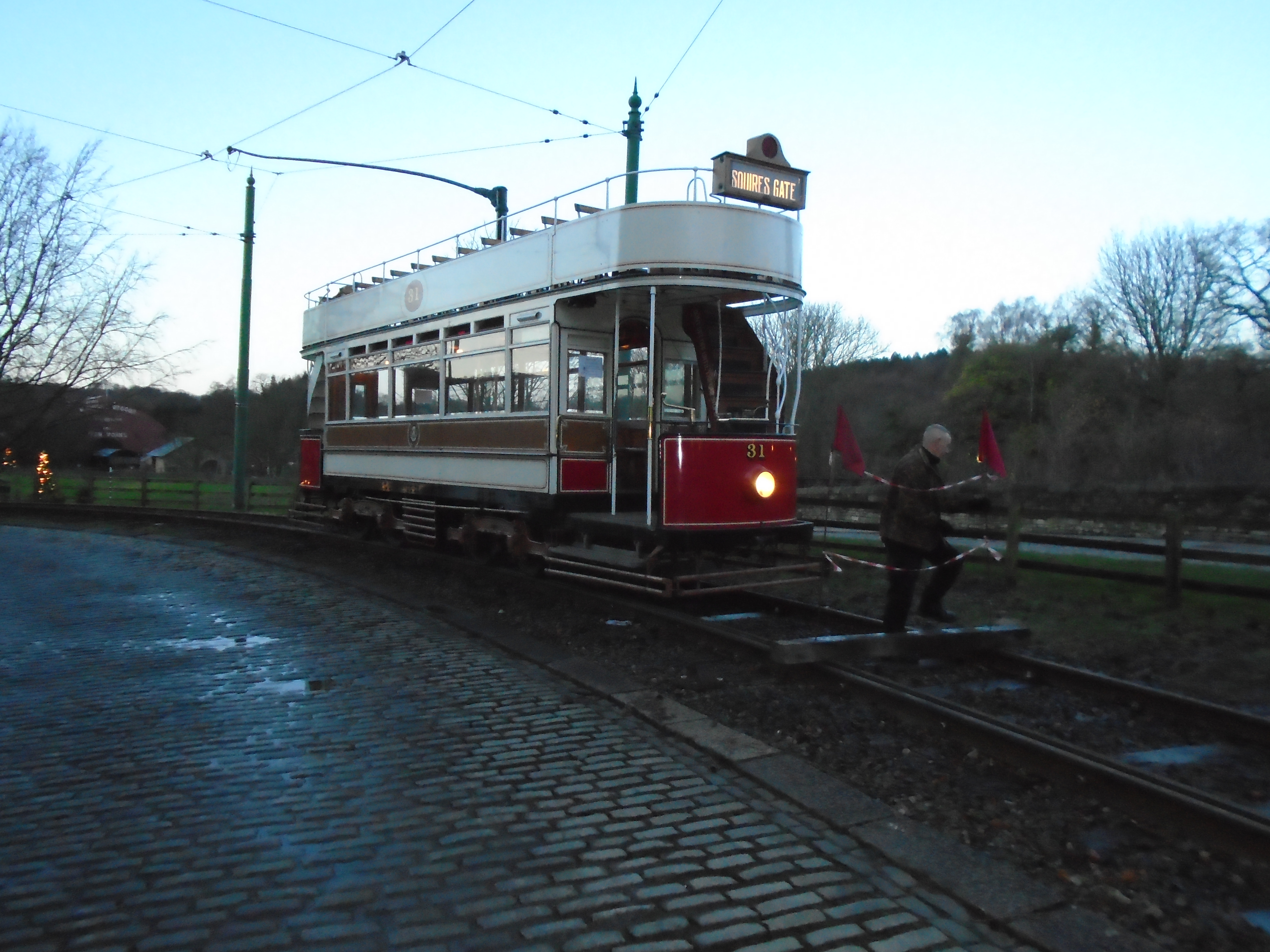
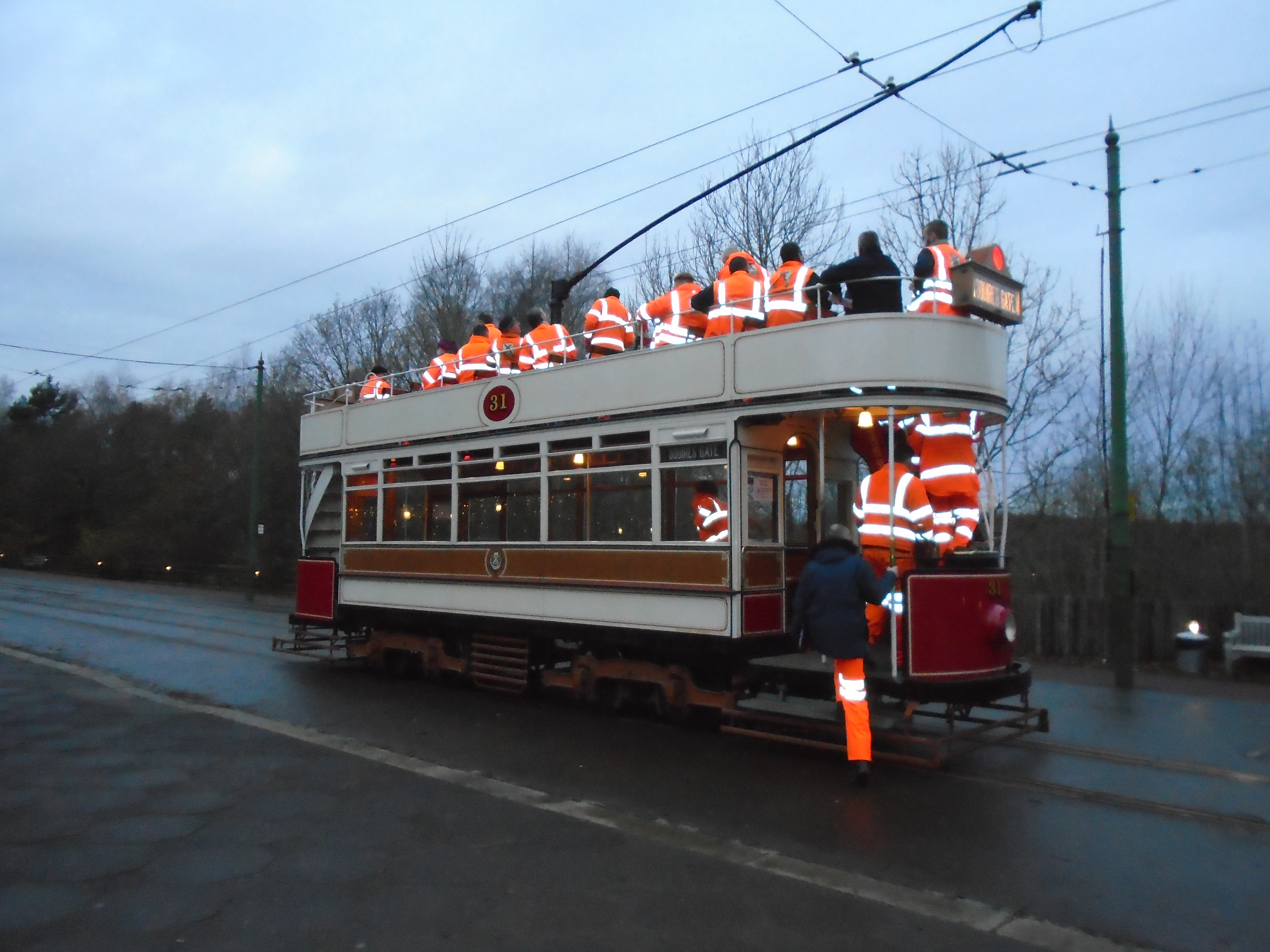
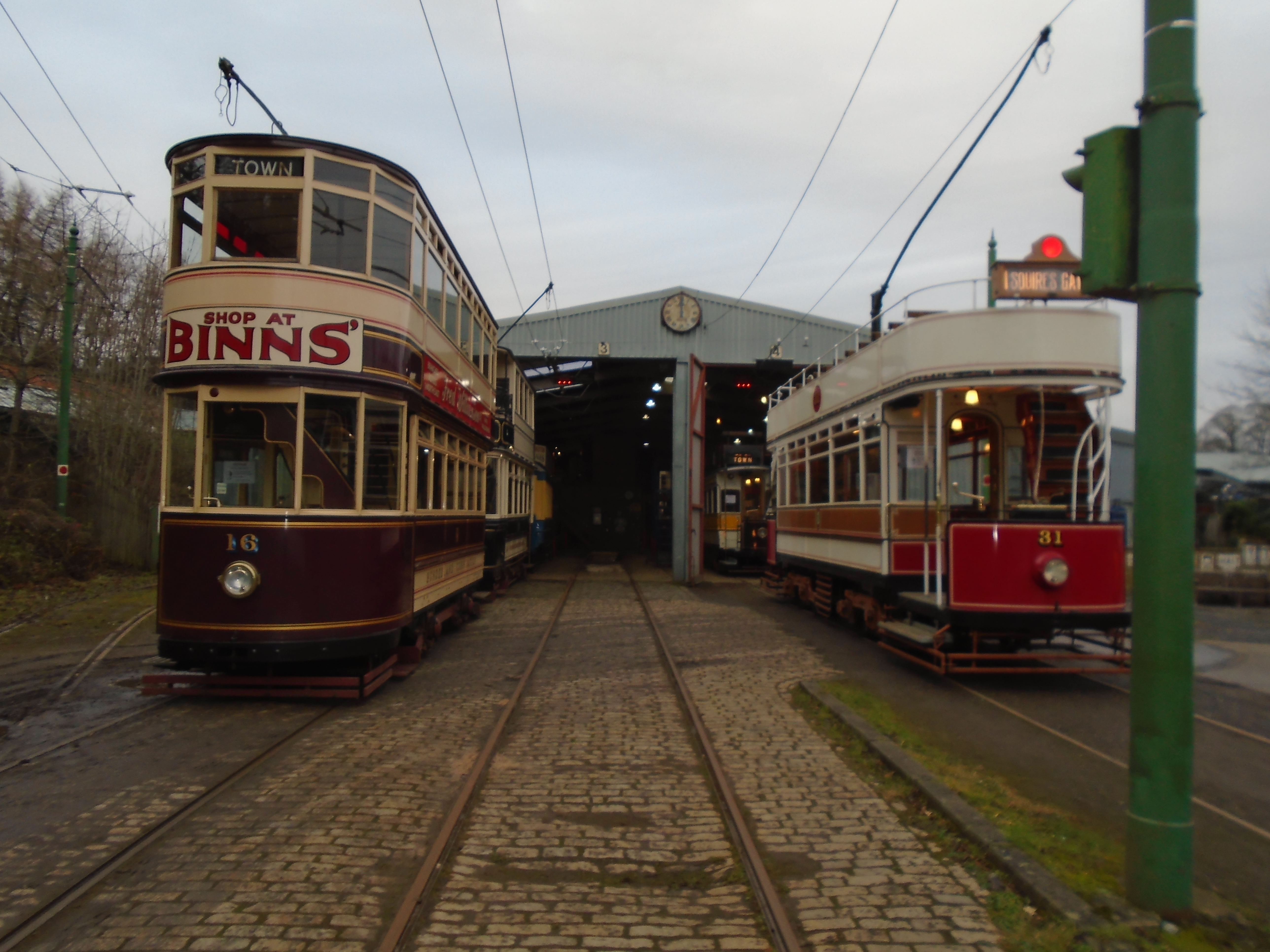
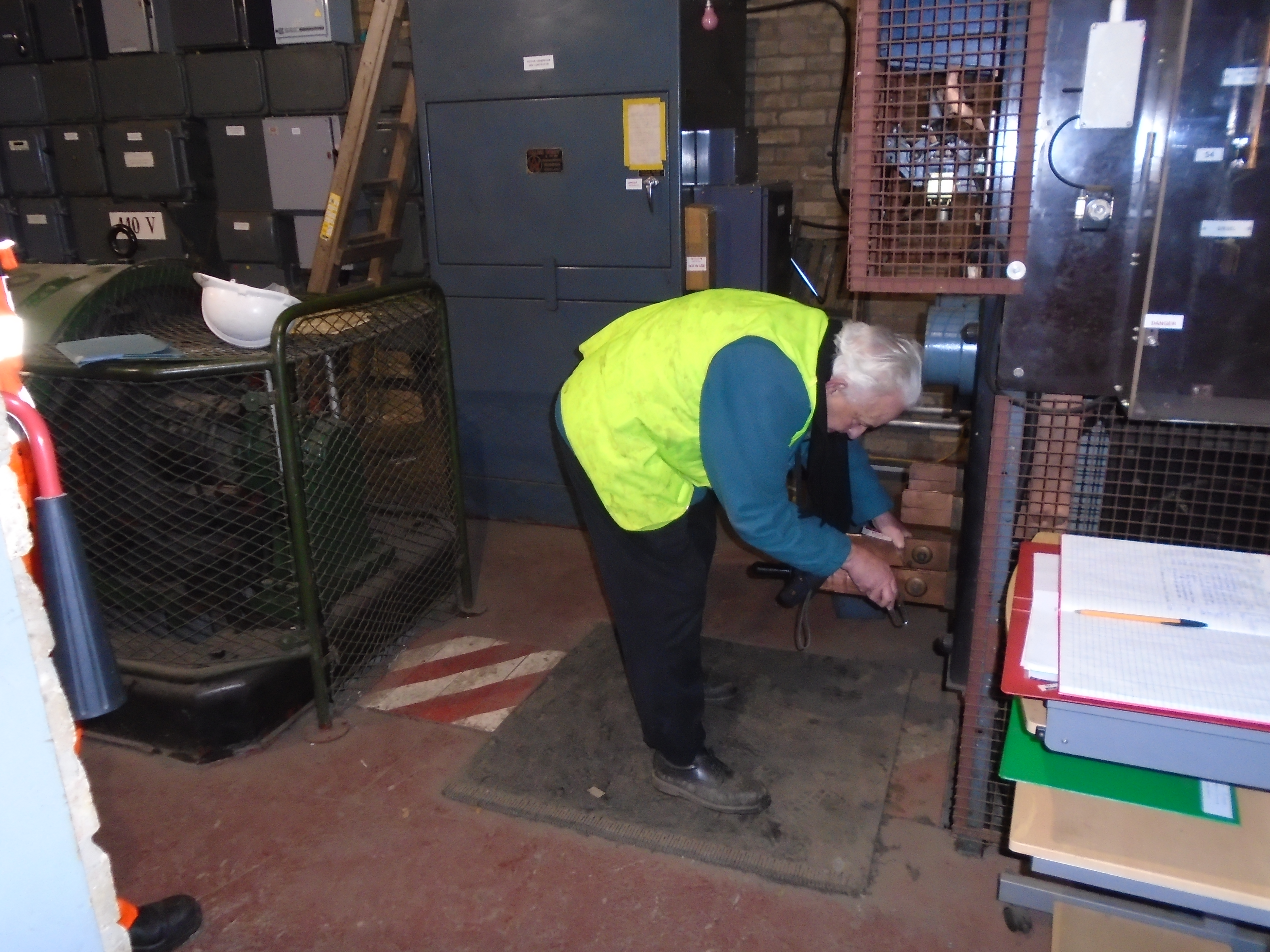

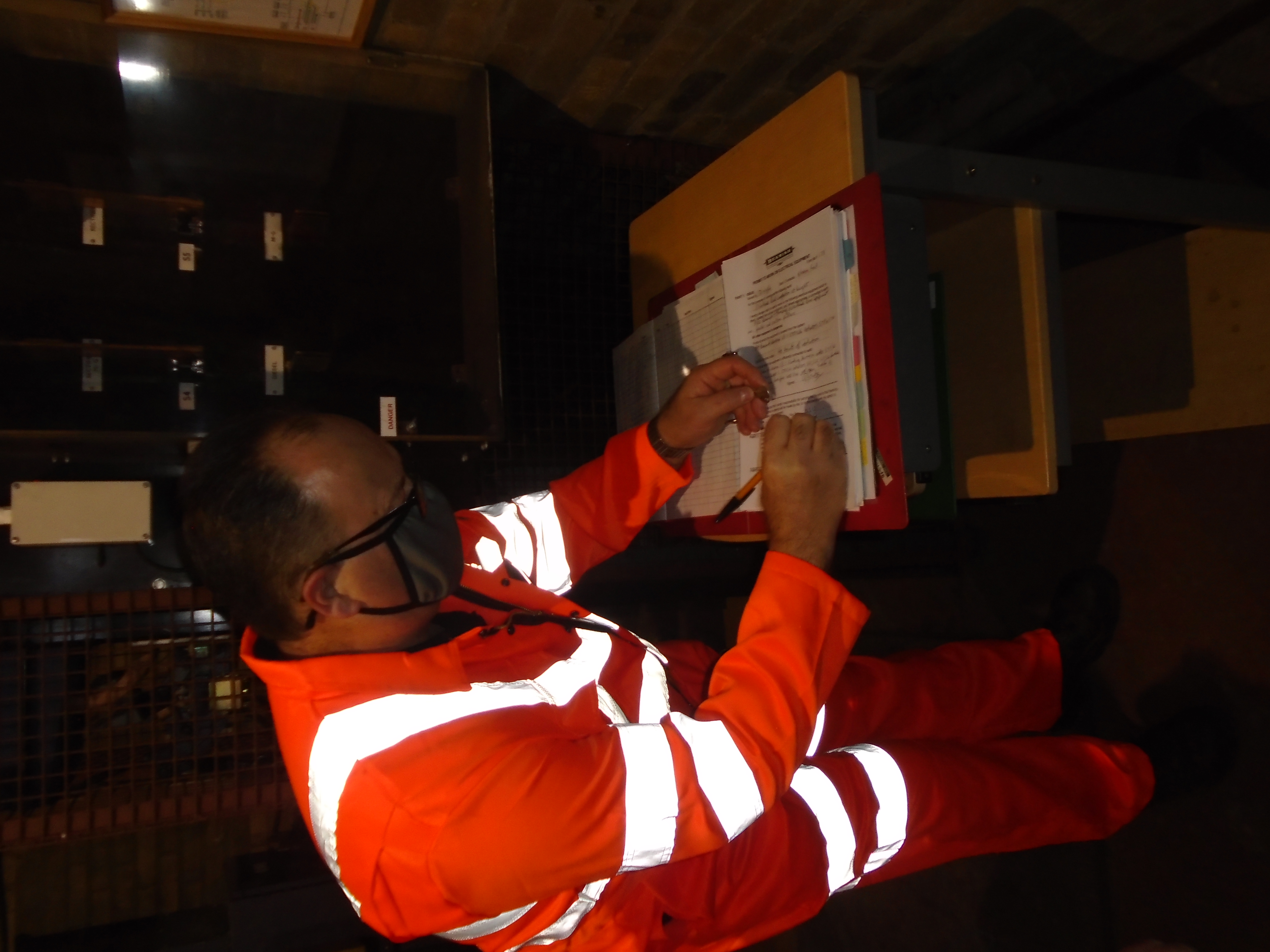
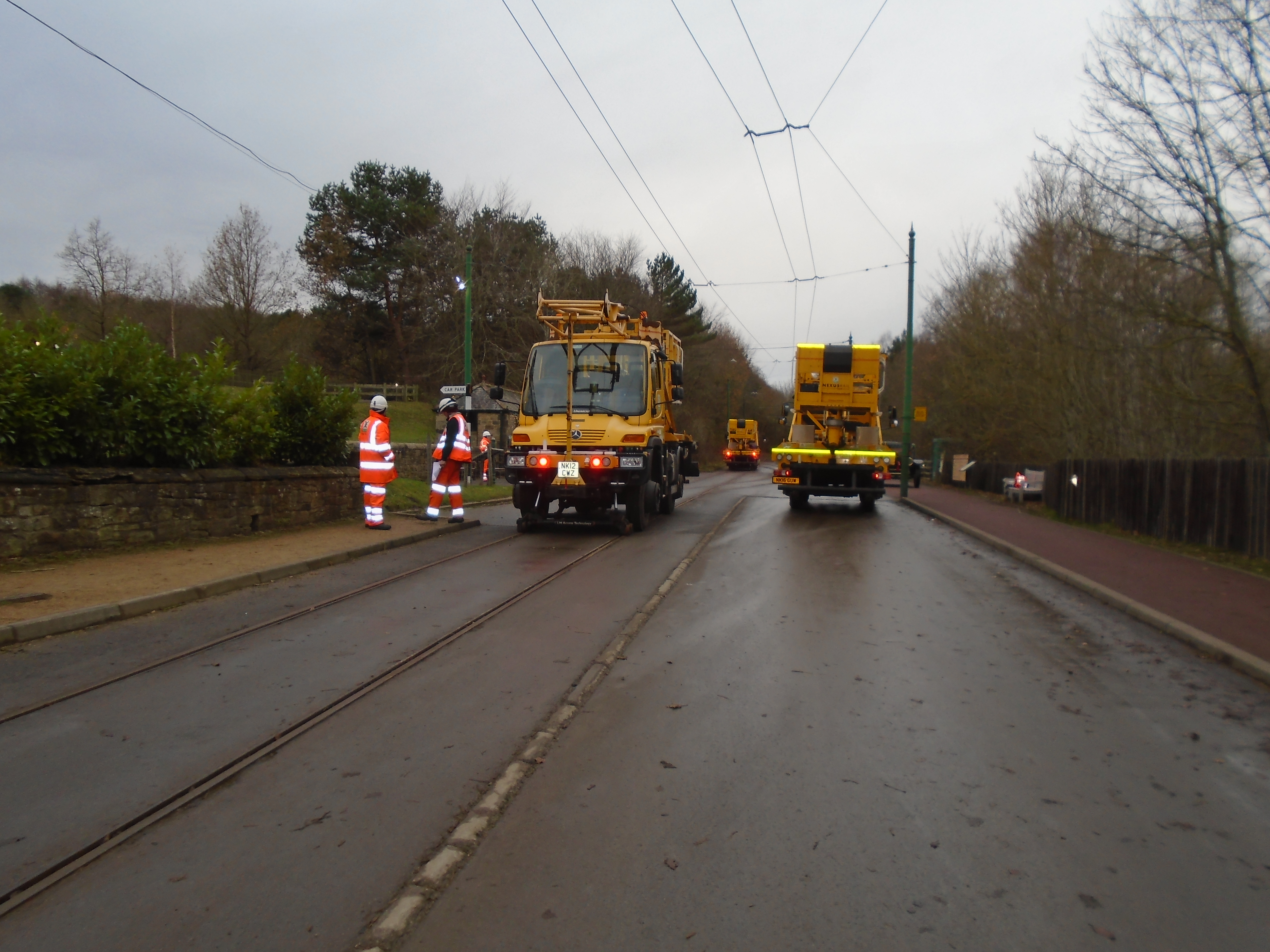

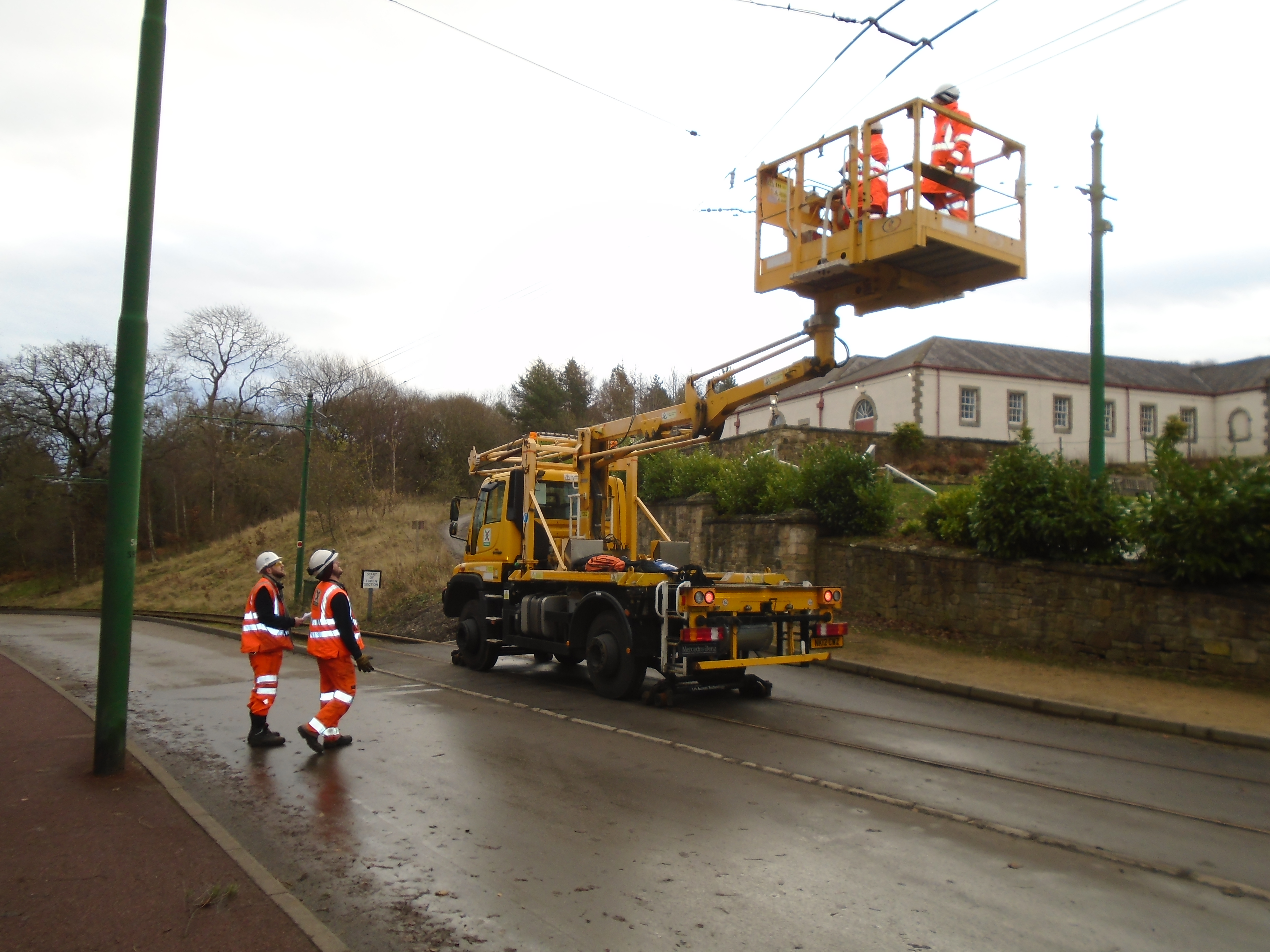
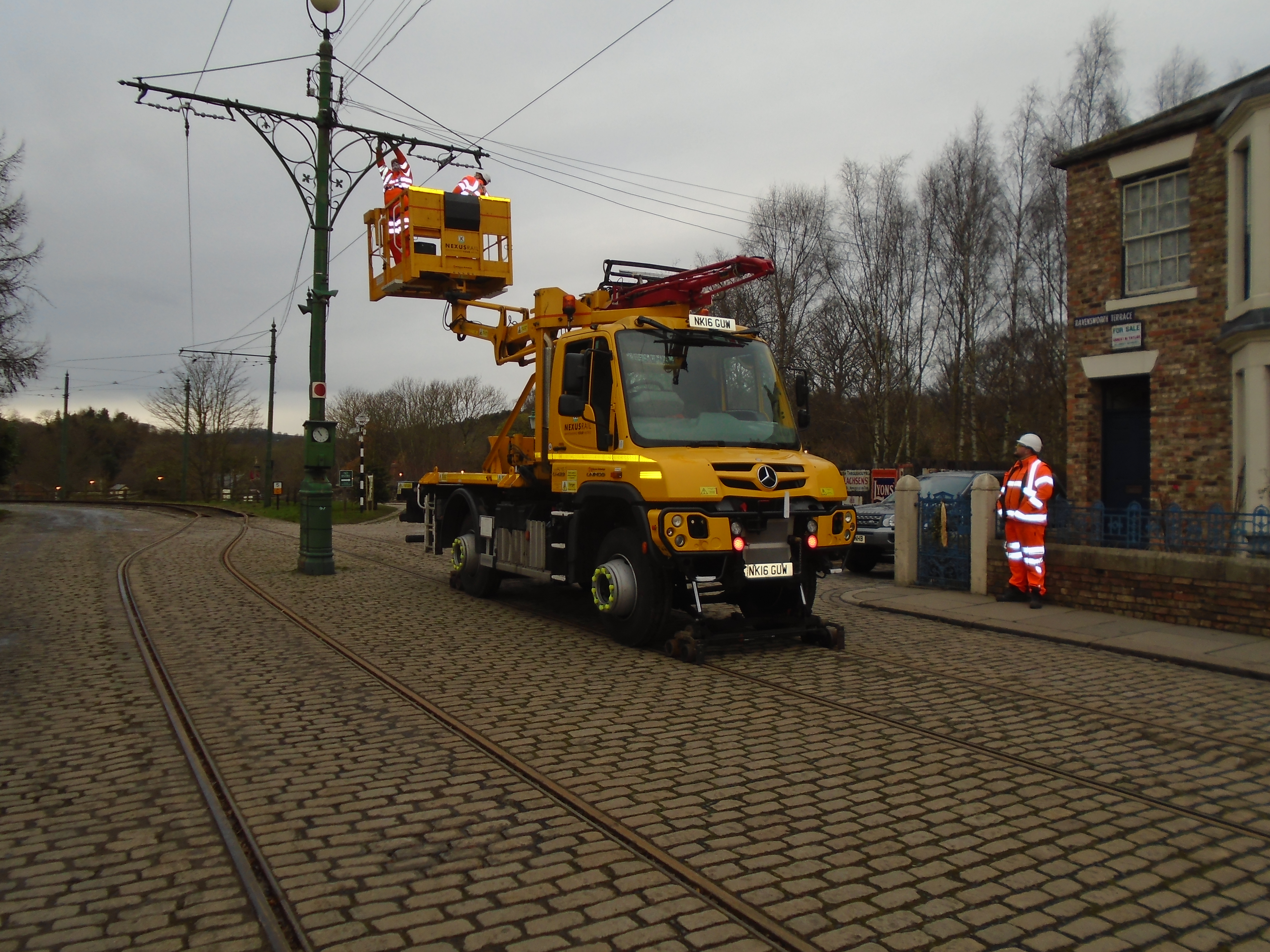

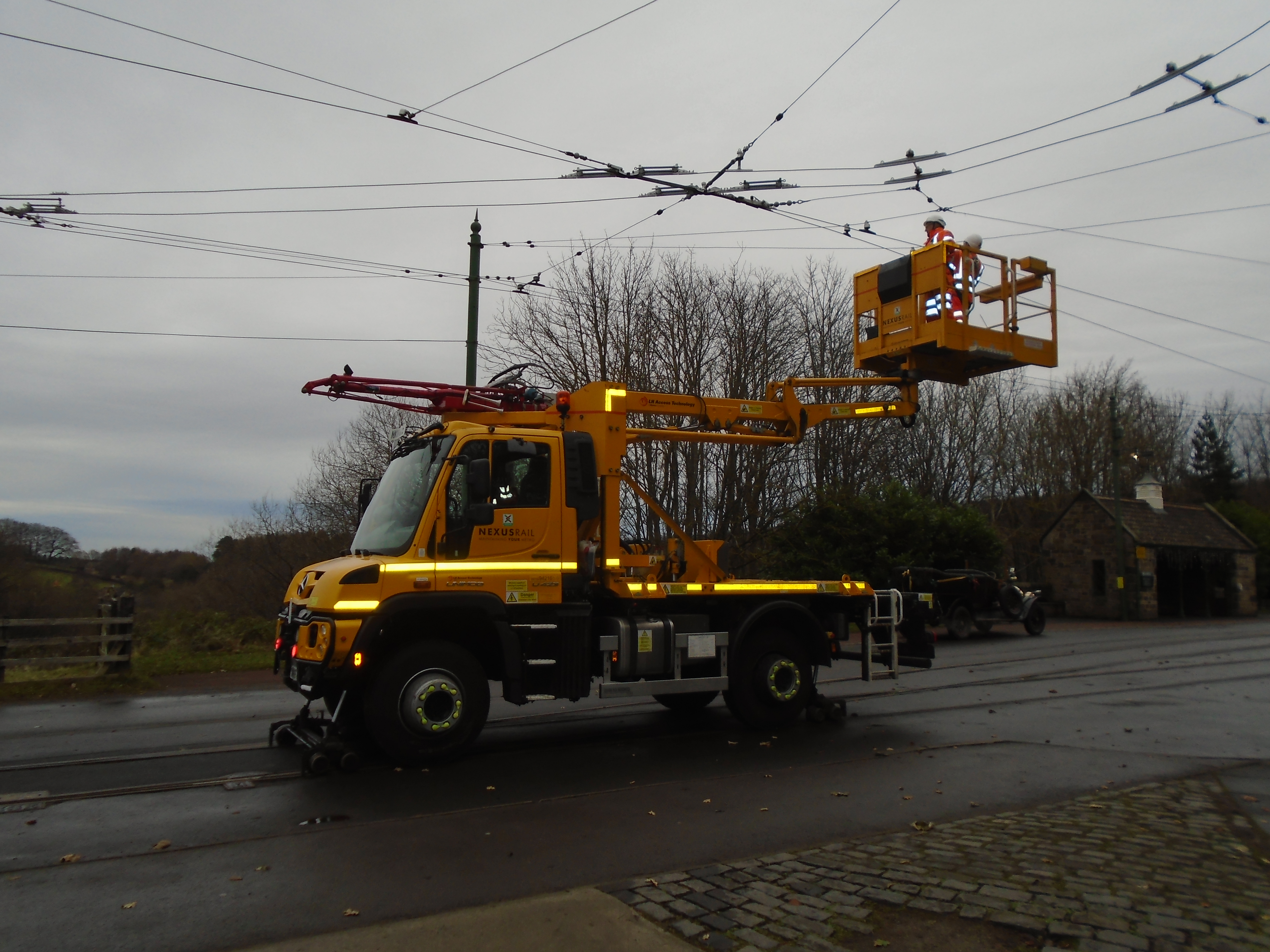
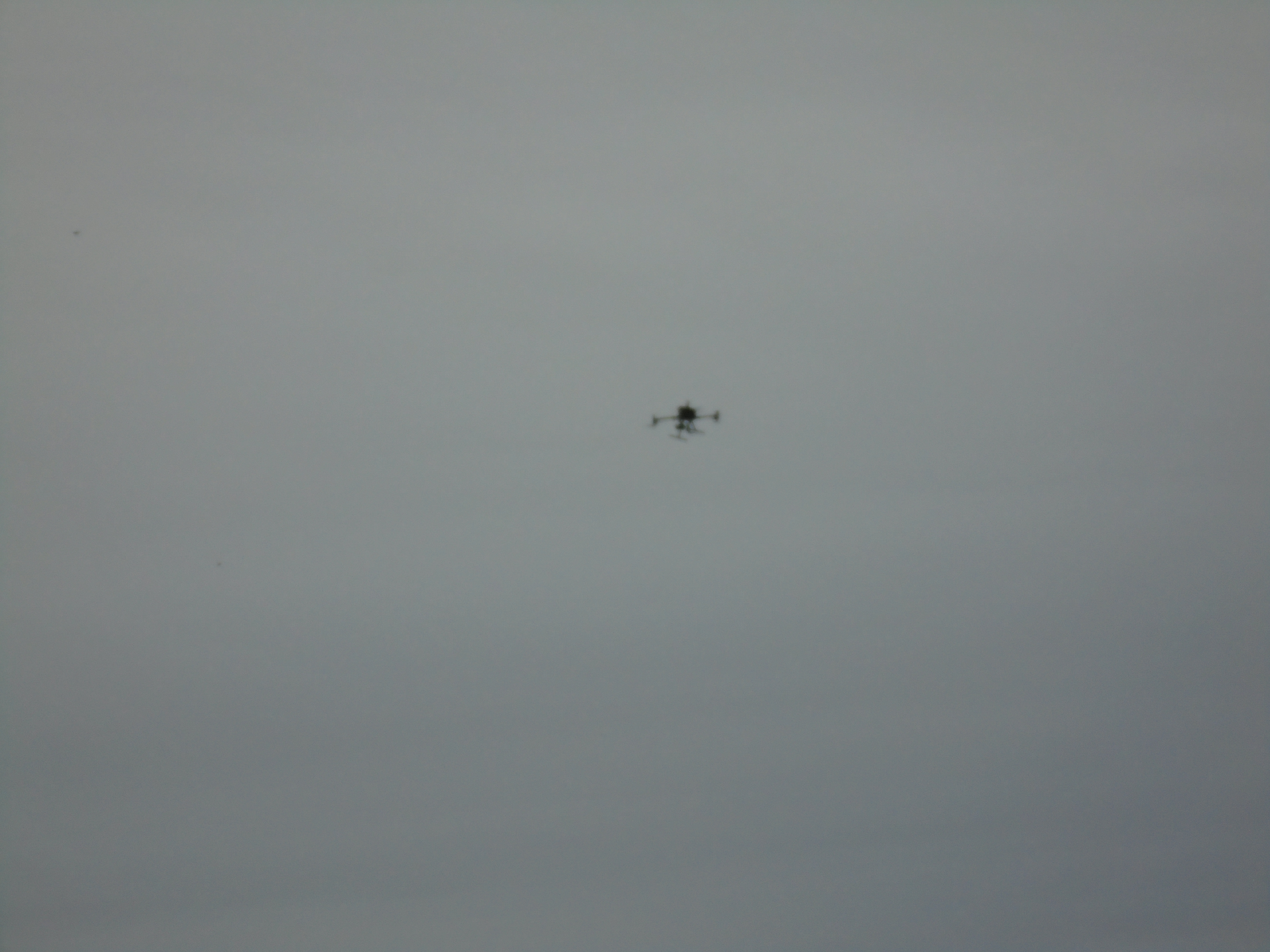








Recent Comments